Exercise Capacity and Biological Age: A Powerful Relationship
Key Points
- Chronological age should not be used to accurately predict morbidity and mortality since biological age is a more reliable lifespan indicator.
- VO2 max is the gold standard method to determine exercise capacity during graded exercise testing and one of the best indicators of biological age.
- VO2 max is the strongest independent predictor of health and longevity, and VO2 max-derived biological age allows for better risk stratification and management of individuals undertaking exercise testing.
Regular physical activity at both the recreational and competitive levels contributes substantially to healthy aging and health-enhancing physiological adaptations by helping to prevent or control many health problems that often reduce individuals' quality and length of life.
However, increasing age is associated with declining physical activity and changes in several physiological parameters, such as the aerobic and anaerobic energy systems.
While anaerobic power and capacity decline at similar rates at about 6-8% per decade, peak aerobic power declines much slower with age.
In keeping with the unprecedented growth rate of the world’s aging population, there is a clear need for a better understanding of the aging process and the determinants of healthy aging.
Biological Age vs. Chronological Age
Aging is a complicated process in which molecular and cellular damage accumulates, resulting in a gradual functional and structural decline, increased susceptibility to disease, and, ultimately, death. Although the prevalence of functional impairment with age is inevitable and biologically inherited, there is a tremendous individual variation in the rate and degree of physiological decline. Environmental conditions like stress, physical inactivity, and nutrition may modify these time-related deteriorations. As a result, individuals with the same chronological age vary widely in health and function. They may be younger or older than their birth date or have a different life span, the so-called biological age. This heterogeneity may be attributed to diversity in genotypes, living habits, and environments.
Consequently, when measured chronologically, age is not a reliable indicator of the rate of a physiological breakdown associated with the aging process. It should not be used to predict morbidity and mortality accurately. Therefore, to better assess an individual’s degree of aging, and thus residual life span or disease susceptibility, new approaches that provide predictive power beyond that from measuring chronological age alone need to be developed.
Biological age, which is one of them, represents the degree to which an individual has aged and may be able to provide a surrogate measure to determine an individual’s level of damage accumulation as well as the extension of a healthy lifespan. It has gained ground over chronological age since it holistically encapsulates the state of an individual’s health and accounts for some of the variations in morbidity, mortality, and other health outcomes among individuals of the same chronological age.
When measured longitudinally, biological age can be used to track the trajectory of mortality and health damage, such as myocardial infarction (ΜΙ), over time.
Studies have demonstrated that the combination of diet and exercise, in terms of both aerobic and resistance training, cannot only prevent aging but also reverse it, thereby improving biological age and increasing a healthy lifespan.
Advanced biological age, on the other hand, has been associated with disability, worse cognitive function, and mortality in older individuals.
Health Benefits of Physical Activity
While physical inactivity has been associated with greater mortality, regular aerobic exercise can slow or reverse functional deterioration, reducing an individual’s biological age by ten or more years. Regular exercise training increases a variety of physiological parameters, including elevated cardiac output, augmented blood volume, skeletal muscle angiogenesis, increased skeletal muscle mitochondrial density as well as maximal oxygen uptake (VO2 max).
VO2 max indicates the body’s ability to deliver oxygen to the working muscles, which rely on adequate oxygen supply to meet their metabolic demands.
The cardiovascular system represents the primary limitation of VO2 max, which is negatively affected by aging but can dramatically improve through exercise.
At least 30 minutes of moderate-intensity exercise training on most days of the week can increase VO2 max by more than 20%. Although high-intensity exercise is more effective for improving VO2 max in healthy individuals, lower-intensity physical activity can also enhance VO2 max in high-risk individuals. Therefore, the level of physical activity sufficient to improve VO2 max depends on the initial fitness status and health, the training history, and the exercise's duration, frequency, and intensity.
Whereas resistance training can improve VO2 max, endurance training represents the preferred intervention to improve cardiorespiratory fitness (CRF). Endurance exercise training, especially when combined with specific respiratory muscle training, can preserve and improve VO2 max.
Besides cardiovascular fitness, exercise training can also develop and maintain strength, flexibility, bone health, coordination, and balance, all essential aspects of independent living in old age. Moreover, exercise delays the age-associated change in body composition, namely the loss of muscle mass and the increase in fat mass.
The Clinical Prognostic Value of VO2 Max
Physical fitness is typically expressed as cardiorespiratory fitness (CRF) and/or exercise capacity, and VO2 max is an objective measure. Specifically, VO2max is the gold standard for assessing the amount of oxygen consumption in a maximal effort, beyond which no increase in workload can further raise it. VO2max during exercise represents cardiac, circulatory, respiratory function, and muscle oxygen use under physiological stress conditions.
As a reasonable, direct, and objective measure of CRF, VO2max can provide a quantifiable measurement of the level of physical activity. Physical inactivity and poor physical fitness have been estimated to account for 12% of all deaths in the US. Indeed, Individuals with low VO2 max have a substantially higher risk of all-cause mortality and cardiovascular disease (CVD) compared to those with intermediate and high VO2 max.
Therefore, VO2 max is a strong predictor and independent risk factor for CVD-related and overall mortality and premature death and can be considered equally important as other conventional modifiable risk factors such as smoking, hypertension, hypercholesterolemia, obesity, and diabetes. Specifically, increased VO2 max may offset the harmful consequences of excess body fatness, hypertension, and hyperglycemia, namely major CVD risk factors, thereby allowing individuals to be ‘’fat but fit’’, meaning to have a lower risk of CVD outcomes, regardless of body mass index (BMI) levels.
Proposed Biological Age Biomarkers
During the past decades, various specific aging biomarkers have come into play in an effort to identify biological age better. They can be separated into genetic, molecular, and phenotypic biomarkers.
Genetic factors, such as telomere length, decrease progressively with aging; hence, it has been proposed as a potential marker of biological aging. Genetic factors cause approximately 20-50% of the biological variations. Recent reports have shown an association between shortened telomere length and increased risk of age-related pathologies, such as CVD and all-cause mortality. Telomeres are located at the end of human chromosomes and consist of highly repetitive DNA sequences, which shorten every time cells divide.
The results of a study demonstrated that vigorous habitual aerobic exercise and maximal aerobic exercise capacity preserve telomere length among healthy older adults. Thus, their cellular and physiologic function with aging is compared with a sedentary lifestyle or short-term exercise training. Besides telomere length, molecular indicators used as biological age biomarkers are T-cell DNA rearrangement and DNA methylation, also known as the epigenetic clock. However, the association of the above biomarkers with aging is inconsistent. Some studies show positive and other negative correlations; hence, more research is needed before they are used as established biomarkers for biological age.
VO2 Max as a Biomarker of Health and Longevity
VO2 max is a commonly used biomarker of biological age. Based on a scientific statement from the American Heart Association (AHA), it is the strongest independent predictor of future life expectancy in healthy and cardiorespiratory-diseased individuals. Age, sex, duration, intensity, frequency, type of physical activity, genetic factors, and clinical or subclinical disease determine VO2 max.
VO2 max typically decreases by about 7% (women) to 10% (men) per decade from around 25 years, and the physical activity level is directly related to the rate of this decline. For each 1ml/min/kg decrease, the risk of functional dependency increases by 14%, suggesting a need to maintain, if not improve, cardiovascular fitness.
Although genetic factors determine around 50% of VO2 max, regular endurance training can significantly improve it in 8-52 weeks by 13-20% or around 0.5L/min, depending on exercise intensity.
VO2 max, determined through cardiopulmonary exercise testing (CPET), has an inverse, graded, and independent association with all-cause mortality risk, supporting the value of exercise testing as a clinical tool; it is non-invasive, relatively inexpensive, and provides clinically relevant diagnostic and prognostic information.
Notably, among established risk factors such as hypertension, smoking, and diabetes, VO2 max achieved during a graded exercise test has the strongest inverse association with all-cause mortality and cardiac events in both a clinically referred population and among asymptomatic people of both sexes without existing cardiovascular disease.
Deriving biological age from VO2 max has great clinical utility since it may enable a more accurate risk stratification in those individuals undergoing exercise testing. For example, a trained 70-year-old can exhibit the same biological age as an untrained 50-year-old based on their VO2 max. Indeed, in a recent study, VO2 max-associated biological age demonstrated better discrimination for mortality and MI than chronological age.
Therefore, biological age may help identify those most benefit from pharmacologic and more aggressive lifestyle interventions. Furthermore, utilizing biological age provides an intuitive understanding of fitness-mediated risk and may prompt greater compliance with important lifestyle changes.
The Numbers Behind the Strong Link Between VO2 Max and Longevity
A proportionally high VO2 max is a strong clinical vital sign of health and longevity. Probably, no other biological variable has as much relevance to health and longevity as VO2 max, to an extent where a high VO2 max attenuates the negative impact of the presence of other known cardiovascular risk factors, such as hypertension, hypercholesterolemia, and diabetes.
The greatest rates of mortality are found at levels of VO2 max lower than 27.6 ml/min/kg.
Every 3.5ml/min/kg VO2 max increase corresponds to a 12% gain in life expectancy.
Furthermore, each 3.5ml/min/kg VO2 max increment in peak treadmill workload is associated with a 14% reduction in cardiac events and a 7ml/min/kg VO2 max increase in treadmill performance is related to a 30% reduction in mortality.
Among patients who have had an MI, every 3.5ml/min/kg VO2 max increase is associated with a reduction in mortality from any cause that ranges from 8-14% over 19 years of follow-up.
In a 20-year follow-up study, mortality risk was 61% lower in physically fit individuals compared with their unfit counterparts. The mortality risk was also 34% lower in participants defined as unfit during the initial exercise test, who became physically fit by the follow-up test though. Lastly, fit participants who drifted into the unfit category by the second test maintained 41% lower risk than those who were unfit in both tests.
A recent follow-up study suggested that 1ml/min/kg higher VO2 max re-examination at 11 years was associated with a 9% relative risk reduction in all-cause mortality. This study even set the threshold in the elderly at 17.5 ml/min/kg for an independent lifestyle and a higher survival rate.
Key Takeaways
Overall, fitness-related health benefits, such as the reversion of biological age, can be achieved regardless of age or fitness status. According to the AHA guidelines, the addition of VO2 max as a measure of exercise capacity for risk classification can help improve patient management and reinforce lifestyle-based strategies to improve overall health. Therefore, health professionals should encourage individuals to initiate and maintain a physically active lifestyle to improve their exercise capacity and thus lower the risk of morbidity and mortality.
An Ounce of Prevention - Hyperion Health Blog




